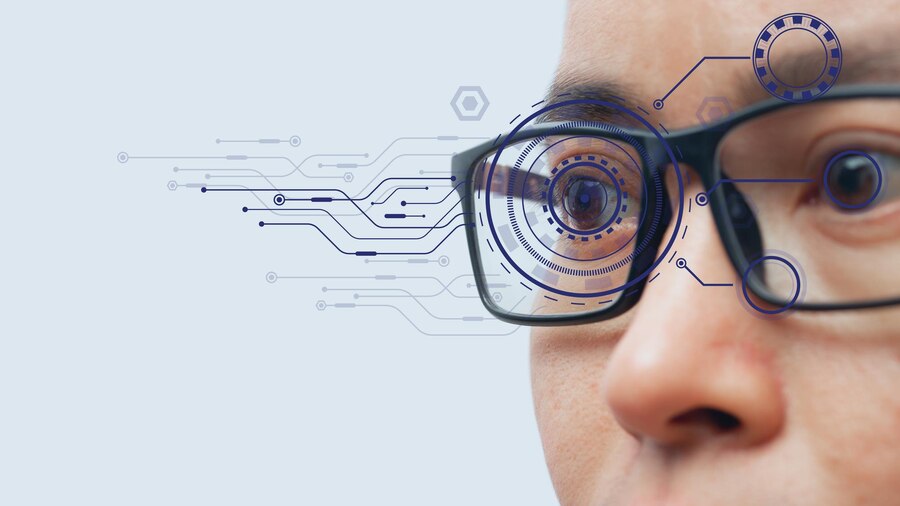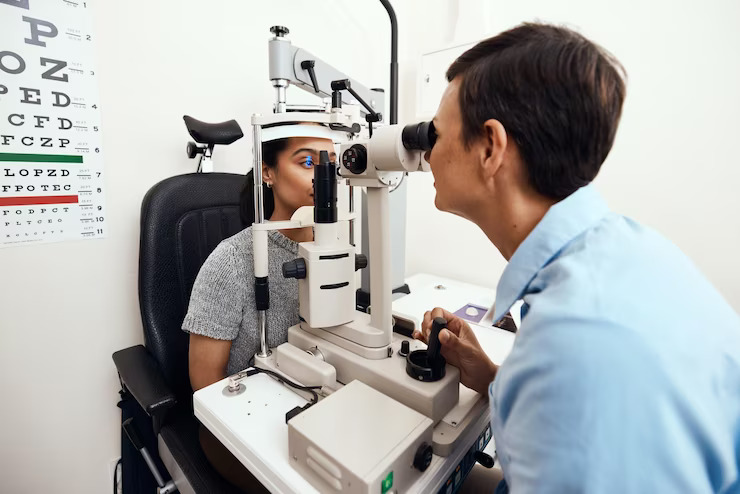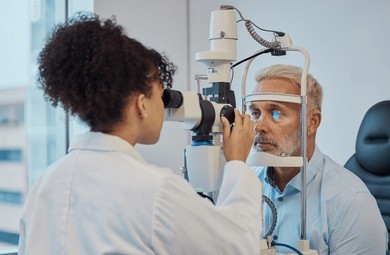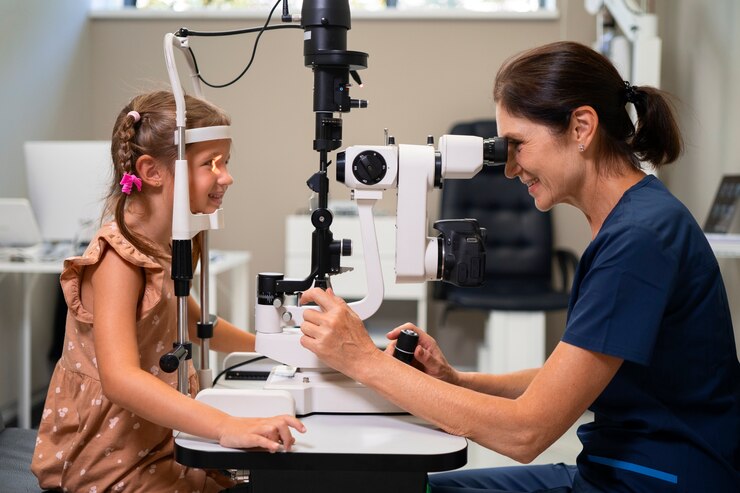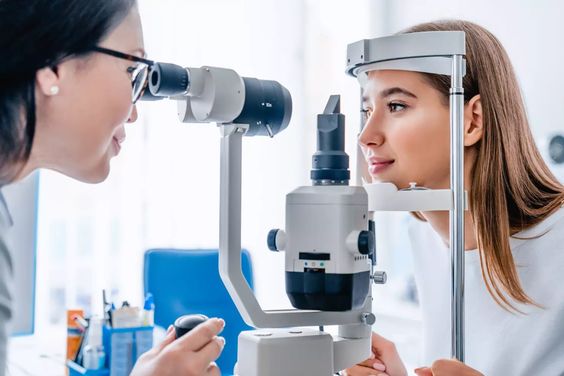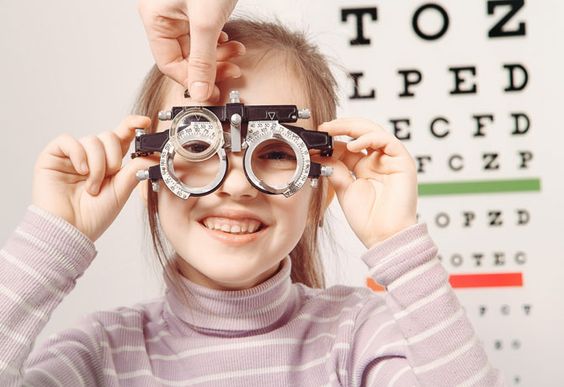Emerging Technologies And Future Trends In Vision Testing
Vision testing plays a critical role in assessing and preserving visual health. From assessing visual acuity to detecting ocular diseases, advancements in technology have transformed the landscape of vision testing. This article explores emerging technologies and future trends in vision testing, highlighting innovations that promise to enhance diagnostic accuracy, accessibility, and patient outcomes.
Advanced Imaging Techniques
One of the most significant advancements in vision testing is the development of advanced imaging techniques that provide detailed insights into ocular structures and function. Optical coherence tomography (OCT) is a non-invasive imaging modality that allows for high-resolution cross-sectional imaging of the retina, optic nerve, and anterior segment of the eye. OCT has revolutionized the diagnosis and management of various ocular conditions, including macular degeneration, glaucoma, and diabetic retinopathy. Future trends in OCT technology include improvements in imaging speed, resolution, and portability, making this modality even more accessible in clinical practice.
Artificial Intelligence (AI) in Diagnostics
The integration of artificial intelligence (AI) into vision testing has the potential to revolutionize diagnostic accuracy and efficiency. AI algorithms can analyze large datasets of clinical images to detect subtle changes indicative of ocular pathology. Machine learning algorithms have been developed to assist in the early detection of conditions such as diabetic retinopathy, age-related macular degeneration, and glaucoma. As AI continues to evolve, future applications may include personalized risk assessment, treatment planning, and prognostic predictions based on individual patient data.
Virtual Reality (VR) and Augmented Reality (AR) Vision Testing
Virtual reality (VR) and augmented reality (AR) technologies are being explored as innovative tools for vision testing and rehabilitation. VR-based vision tests offer immersive and interactive experiences that simulate real-world visual tasks, allowing for more ecologically valid assessments of visual function. AR technology overlays digital information onto the real-world environment, enabling enhanced visualization of ocular structures and pathology during examinations. These technologies have the potential to improve patient engagement, compliance, and outcomes in vision testing and therapy.
Telemedicine and Remote Monitoring
The rise of telemedicine and remote monitoring platforms has facilitated access to vision testing services, particularly in underserved or remote areas. Teleophthalmology enables remote consultations, diagnostic evaluations, and follow-up care through digital platforms, reducing barriers to access and improving patient outcomes. Remote monitoring devices, such as smartphone-based visual acuity tests and home-based OCT devices, allow patients to track changes in their vision over time and communicate with healthcare providers for timely intervention. As telemedicine continues to evolve, it is poised to play an increasingly prominent role in the future of vision testing and eye care delivery.
Portable and Point-of-Care Devices
Advancements in miniaturization and portable technology have led to the development of handheld and point-of-care devices for vision testing. Portable autorefractors, tonometers, and retinal cameras enable rapid and convenient screening and diagnosis of refractive errors, intraocular pressure, and retinal pathology in diverse clinical settings. These devices are particularly valuable in resource-limited settings, where access to traditional diagnostic equipment may be limited. Future trends in portable vision testing devices include improvements in usability, affordability, and connectivity to facilitate seamless integration into primary care and community-based screening programs.
Gene Therapy and Precision Medicine
Emerging therapies in gene therapy and precision medicine hold promise for the treatment of inherited retinal diseases and other genetic disorders affecting vision. Gene editing techniques, such as CRISPR-Cas9, enable targeted modification of defective genes implicated in conditions such as retinitis pigmentosa and Leber congenital amaurosis. Precision medicine approaches aim to tailor treatments based on individual genetic profiles, optimizing therapeutic efficacy and minimizing adverse effects. As research in gene therapy and precision medicine progresses, these therapies may revolutionize the management of inherited retinal diseases and other genetic disorders affecting vision.
Conclusion
Emerging technologies and future trends in vision testing are reshaping the landscape of eye care delivery, diagnosis, and treatment. From advanced imaging techniques and artificial intelligence to virtual reality and gene therapy, these innovations promise to enhance diagnostic accuracy, accessibility, and patient outcomes. By embracing these technologies and integrating them into clinical practice, eye care providers can deliver more personalized, efficient, and effective care to patients with vision impairment and ocular disease. As research and development in vision testing continue to evolve, the future holds exciting possibilities for improving visual health and quality of life for individuals worldwide.

